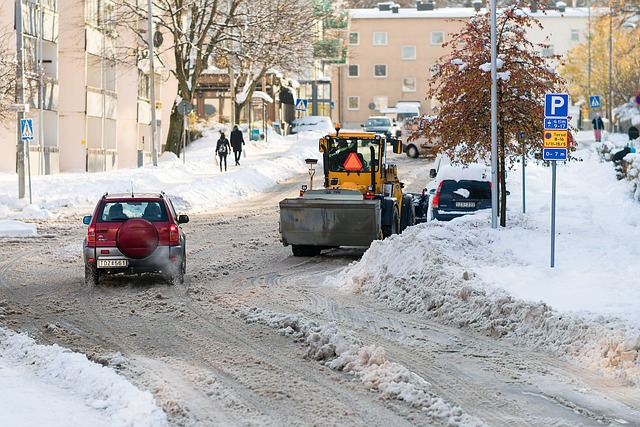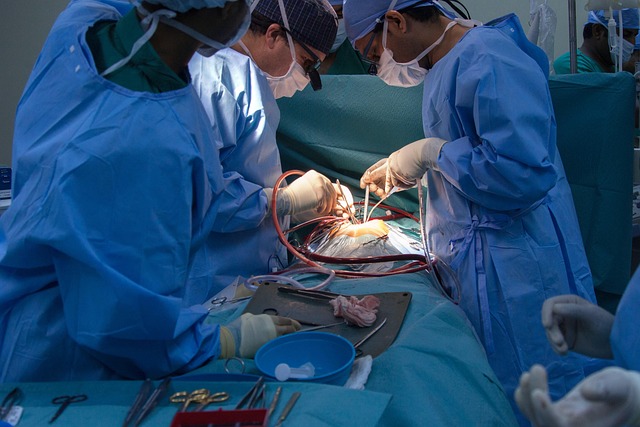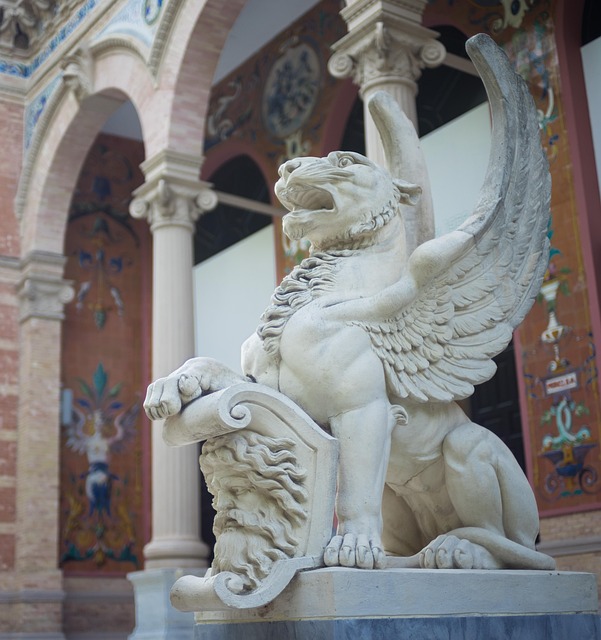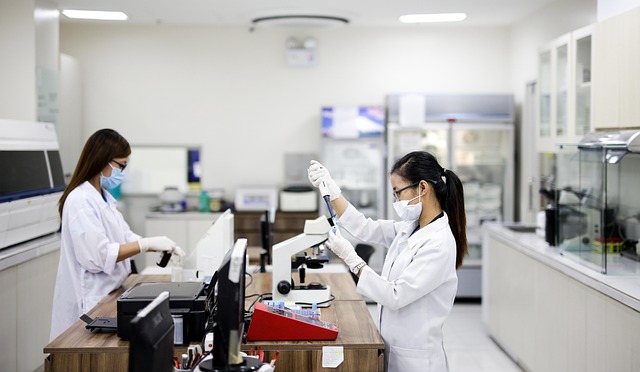This text compares two outpatient wart removal procedures: laser treatment and liquid nitrogen cryotherapy. Laser therapy offers faster recovery but is more expensive and not suitable for all skin types. Liquid nitrogen is a well-established, affordable method with a high success rate, but it can be painful and cause temporary skin changes. Personalized consultations are crucial to choose the most effective and tolerable treatment. Both methods have swift recovery times, with lasers allowing patients to return to normal activities within days, while liquid nitrogen may cause temporary redness and blistering lasting up to a week. Cost varies, with liquid nitrogen requiring multiple sessions and being more expensive in the short term, while laser therapy offers permanent solutions at a higher upfront cost but better long-term value.
Looking for an effective outpatient wart removal procedure? This comprehensive guide compares two popular methods: laser wart removal and liquid nitrogen. Discover how each works, explore the pros and cons, patient comfort levels, recovery times, and cost implications. Whether you’re a medical professional or a patient seeking the best solution, this article provides valuable insights to help you make an informed decision.
- Laser Wart Removal: How It Works
- Liquid Nitrogen: A Step-by-Step Guide
- Pros and Cons of Each Method
- Patient Comfort Comparison
- Recovery Time Analysis
- Cost Implications: Which Is More Affordable?
Laser Wart Removal: How It Works

Laser wart removal is an outpatient procedure that utilizes concentrated light energy to target and destroy specific skin cells. This non-invasive technique is a popular choice for those seeking fast, effective wart removal solutions. During the treatment, a specialized laser is directed at the wart, precisely ablating the affected skin while minimizing damage to surrounding healthy tissue. The process is relatively quick, often taking just a few minutes, and can be repeated if necessary to ensure complete wart removal.
Compared to liquid nitrogen, which freezes and damages the wart, lasers offer a more targeted approach. This precision allows for faster healing times and reduces the risk of scarring or pain associated with some traditional treatments. Many patients appreciate the convenience of laser wart removal as an outpatient procedure, providing them with quick relief from warts without the need for extensive recovery periods. For those in Liverpool, Kent, or Gillingham seeking efficient wart removal clinics, this modern method presents a promising alternative.
Liquid Nitrogen: A Step-by-Step Guide

Liquid nitrogen is a popular choice for an outpatient wart removal procedure. This method involves freezing the warts using liquid nitrogen, which effectively damages and destroys the infected cells. The process typically starts with cleaning and preparing the affected area. A small cannula or sprayer is then used to apply liquid nitrogen directly onto the wart(s). The patient may experience a slight stinging sensation or discomfort during the treatment. After the procedure, the frozen warts will usually fall off within a week or two, though some individuals might require additional treatments for complete removal. This non-invasive approach is commonly sought after by those looking for private wart removal services in Manchester, Kent (Gillingham), or Bristol, as it offers a quick and relatively pain-free solution.
The step-by-step guide for liquid nitrogen wart removal ensures precision and safety. Healthcare professionals will assess the warts to determine the best treatment plan. They may also provide topical numbing agents to minimize any perceived pain. During the procedure, patients are usually asked to sit still while the liquid nitrogen is applied. It’s crucial to follow post-treatment instructions, including keeping the treated area clean and dry, to facilitate healing and reduce the risk of infection or scarring.
Pros and Cons of Each Method

Laser Wart Removal:
One of the latest trends in outpatient wart removal procedures is laser technology. This method offers several advantages, such as minimal pain and quick recovery time. It’s particularly effective for hard-to-reach warts and those that have been persistent despite traditional treatments. However, it can be more expensive than liquid nitrogen and may not be suitable for all skin types or wart sizes. Laser removal also requires a series of sessions, which could be a consideration for patients seeking a swift resolution.
Liquid Nitrogen Wart Removal:
On the other hand, using liquid nitrogen is a well-established and commonly performed outpatient wart removal procedure. It’s often more affordable than laser treatment and has a higher success rate for common types of warts. Cryotherapy, as it’s known, involves quickly freezing the wart, causing cell damage and prompting the body to reject the abnormal growth. The main drawback is that it can be painful and may lead to temporary skin discoloration or blisters. For patients seeking a quick fix or experiencing pain intolerance, this method might not be ideal, but it remains a top-rated option at many manchester wart clinics, where trained professionals can ensure the best possible outcomes.
Patient Comfort Comparison

When comparing laser vs liquid nitrogen for wart removal, patient comfort is a key factor to consider. While both methods are effective in treating warts, they differ significantly in the way they achieve results. Laser treatments often involve a series of targeted pulses that break down the wart’s tissue. Patients typically experience a sharp, intense pain during the procedure, followed by some post-treatment discomfort and potential redness or swelling. On the other hand, liquid nitrogen freezing (cryotherapy) involves rapidly freezing the wart to destroy it. This method is generally less painful during the actual treatment, as patients often describe it as a quick, stinging sensation. However, the recovery period can be more uncomfortable, with potential itching, blisters, and peeling.
In terms of an outpatient wart removal procedure, liquid nitrogen freezing holds an edge for many patients due to its relative ease and faster recovery time. This makes it a popular choice for those seeking convenient and relatively pain-free options, such as private wart removal Essex Chelmsford services. Wart removal cream, while an alternative approach, may not offer the same level of effectiveness or quick results as these procedural methods. So, for those prioritizing comfort and swift resolution, liquid nitrogen freezing stands out as a preferred choice among outpatient treatments.
Recovery Time Analysis

Recovery from both laser and liquid nitrogen wart removal procedures is generally swift compared to other methods. On average, patients experience minimal downtime with laser treatment, often returning to normal activities within a day or two. Liquid nitrogen may cause temporary redness, swelling, and blistering at the treatment site, but these symptoms typically subside within a week.
Choosing between the two procedures largely hinges on personal preference and the type and severity of the wart. Outpatient wart removal procedures like those offered at reputable clinics such as Manchester Wart Clinic or Canterbury Wart Removal Centre ensure accessibility and convenience for patients looking to eliminate warts quickly and effectively, wherever they are located.
Cost Implications: Which Is More Affordable?

When comparing laser vs liquid nitrogen for wart removal, cost is a significant factor to consider. Both methods have their advantages, but in terms of affordability, laser treatments tend to be more economical in the long run. Liquid nitrogen, while effective as a wart removal lancashire preston and wart removal blackburn, often requires multiple sessions, making it a pricier option for an outpatient wart removal procedure.
Laser therapy, though initially more expensive, offers a permanent solution by destroying the wart’s root structure. This reduces the need for repeated treatments. In contrast, liquid nitrogen, or cryotherapy, freezes and destroys warts but typically needs frequent applications to be fully effective. As a result, laser wart removal can provide better value over time, making it an attractive option for those seeking long-lasting relief from warts without surgery.
When it comes to choosing an outpatient wart removal procedure, both laser and liquid nitrogen treatments offer effective solutions. Laser removal boasts quick treatment times and minimal downtime, making it a popular choice for those seeking swift relief. Conversely, liquid nitrogen provides a reliable method with potential for long-term results, albeit with slightly longer recovery periods. Considering patient comfort, laser therapy tends to be more tolerable due to its localized action. In terms of cost, liquid nitrogen treatments may offer better value in the long run, despite initial expenses. Ultimately, the decision should align with individual preferences, medical advice, and the desired outcome for effective wart removal.
